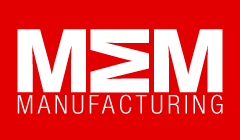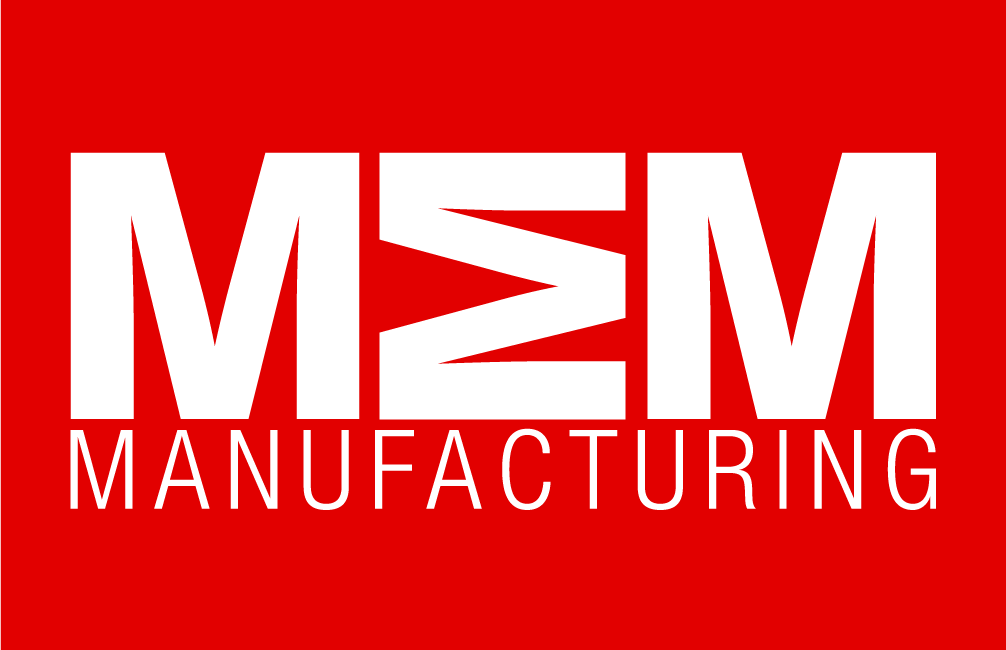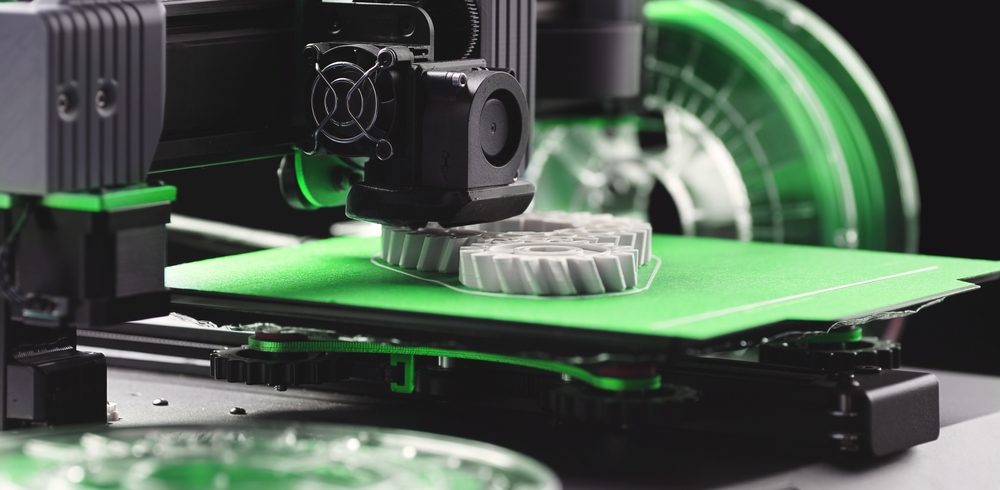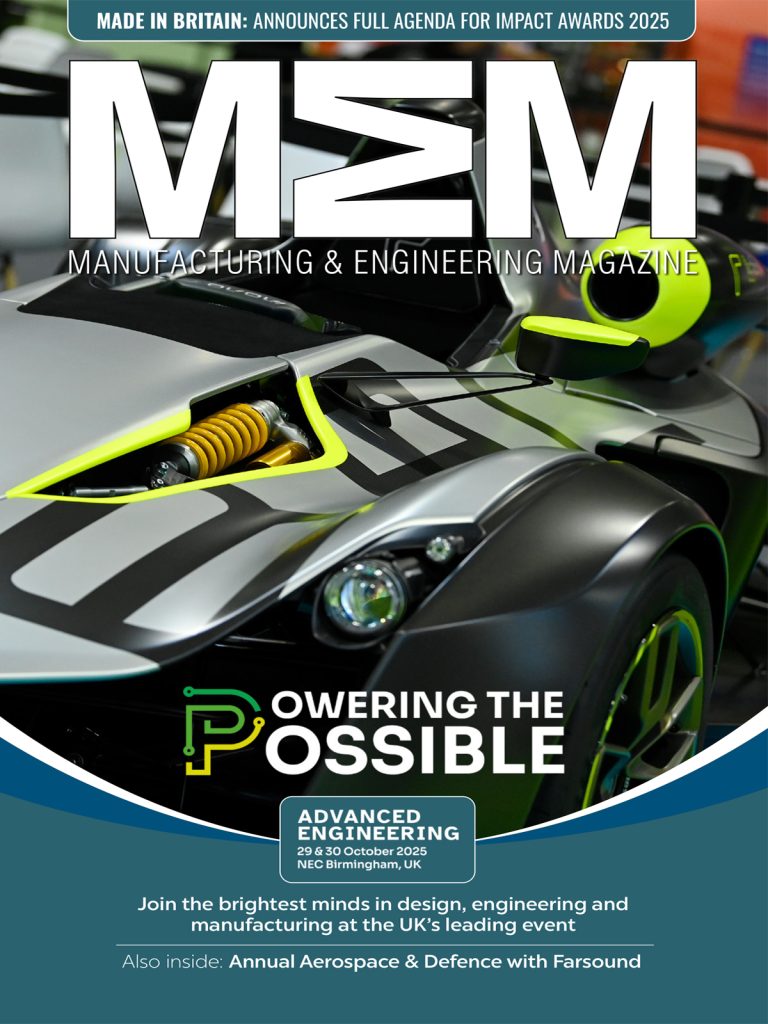Some the UKâs top executives and research bodies have emerged in the last few weeks to stress the importance of embracing the latest technologies in the manufacturing and engineering industry. Only by continual innovation and keeping abreast of new technologies available can businesses truly expect to rival markets overseas and, furthermore, remain competitive in what is fast-becoming a highly lucrative marketplace.
The last 10 years have been rocked by waves of change â in policy, in practice and, crucially, in technology. Weâve seen the advent on e-commerce, an upsurge in online banking and, in turn, the roll out of new state-of-the-art fingerprint technologies with which consumers can select, order and pay for products from the comfort of their armchair.
The public sector has followed suit, incorporating systems of authentication and identification akin to those seen in the online banking and retail sector. Taking heed of changes in consumer habits and needs, local authorities have introduced online payment methods for any and all queries. Take note: HMRC is now first and foremost a web domain. The underlying premise is, of course, time. Customers are increasing time-poor and whatâs quicker is often seen as whatâs best.
The motivation in the manufacturing and engineering industry is much the same. Products and services are increasingly oriented around clientsâ needs, and failure to accommodate those requirements results in loss of business and, at worst, dissolution. Whilst customers may well be looking for different specifics in a product of service (chiefly â quality, reliability and cost) they nevertheless share the need for speed as it were. The challenge for businesses is then to supercharge the rate at which products can be manufactured or a service delivered without compromising on either the mechanical principles of the process or the quality of finish.
The answer? New technologies. The age of digital manufacturing is upon us and, in turn, the speed at which products can be made, or new products brought to market is quicker than ever before. Additive manufacturing (AM) techniques such as 3D printing have ushered in a whole new generation of manufacturing â one which is quicker, more reliable and altogether more suited to 21st century needs. AM lends itself to short production runs, as well as significantly reducing the number of machines or operations needed for manufacture.
Rapid prototyping capabilities have, as a result, been realised. Combining AM and multi-centre tooling, rapid prototyping promises the versatility required to adapt and perfect models whilst retaining the production power needed for mass-scale production. These prototyping processes have led to further developments in the first-run side of manufacture wherein a product is tested in its final intended material to ascertain itâs fit-for-purpose. With new and improved injection moulding capabilities and the revival and innovation of lost wax casting, single components can be manufactured quickly and cheaply in the same manner as a high-volume run. By replicating the final product that will eventually make it onto the shelves, manufacturers are able to conduct final analyses and testing to ensure its appropriateness for either a one-off contract or long-term patent.
The potential of these new and rapidly changing technologies is unbound. Not only will their wide-spread implementation significantly boost the UKâs standing in the industry, already so pronounced, but it will also lead to greater competition in the marketplace and, as a result, hard and fast innovation.
These are not simply for OEMs or the demanding aerospace or defence sectors. As is clear, these new autonomous, semi-autonomous and lean manufacturing processes offer significant advantages in cost, quality and lead times to players large and small. Business then need take heed of the digital trend on and off site, and should strive to develop in line with these new and exciting technologies.















